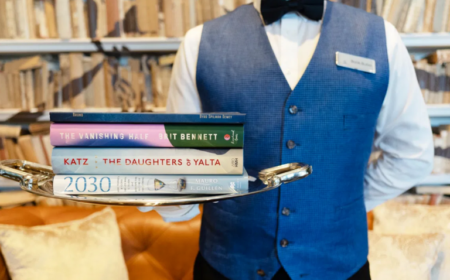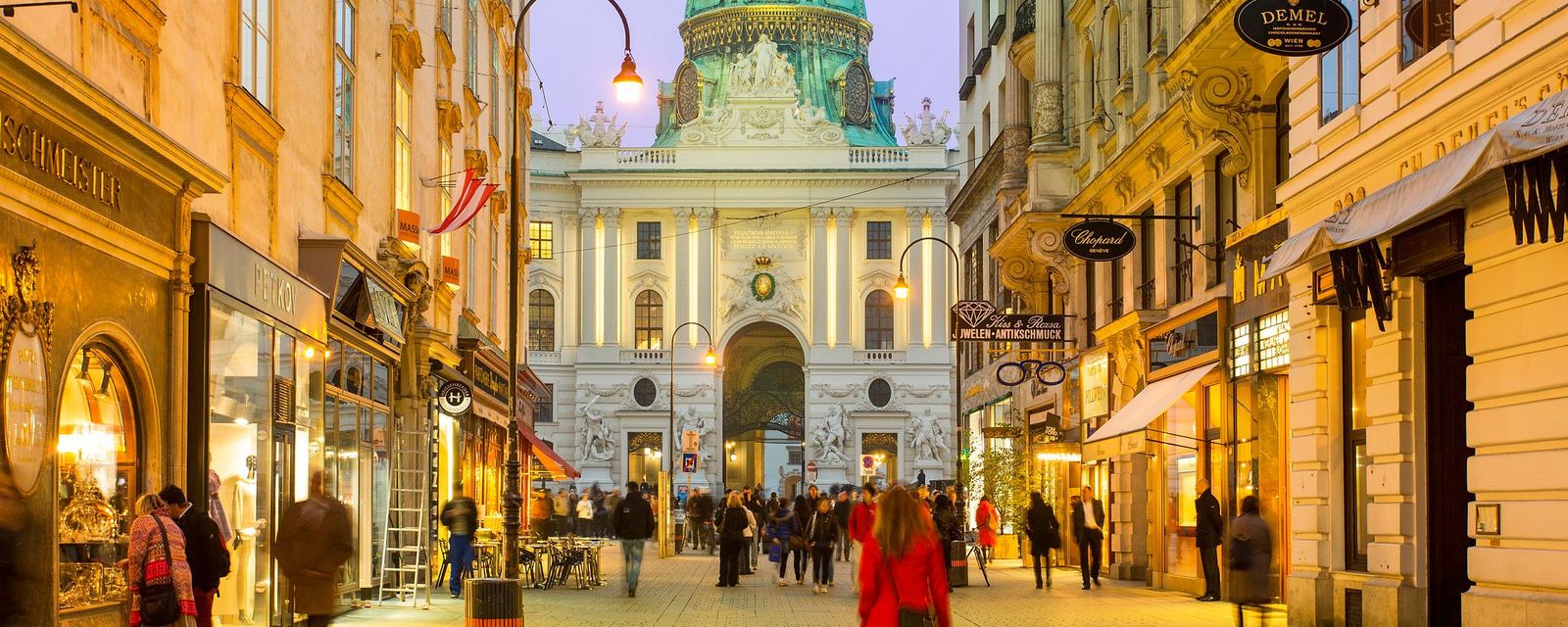
In the Austrian capital, all aspects of public life, including transportation and language, are impacted by Vienna’s aim of being an inclusive and gender-neutral destination.
Walk through the Reumannplatz, one of the best-known squares in Austria’s capital city, Vienna, and you will probably spot an outdoor platform, prominently labelled Mädchenbühne (girls’ stage). The large podium, which can be used by everyone, was requested as a performance space by the girls of the nearby school when asked what they would like from the urban area.
The girls’ stage joins workout stations, a playground and more than 50 new trees as new additions to the square, which reopened last year following a gender-sensitive redesign. But in Vienna, it’s not only the urban spaces that are developed with gender in mind. All aspects of public life, including transportation and language, are impacted by the capital’s aim of being an inclusive and gender-neutral destination.
The strategy Vienna uses to achieve this aim is called “gender mainstreaming”. The head of the Department for Gender Mainstreaming, Ursula Bauer, describes it as a tool to achieve gender equality in society based on equal structures, settings and conditions for both women and men.
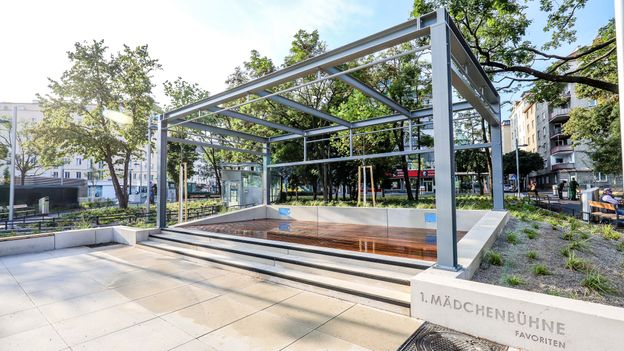
She says that it differs from women’s policy in that it makes sure regulations and procedures take into account that there is a structural difference between women and men, mainly stemming from traditional gender roles. “Women’s policy is repair work, whereas gender mainstreaming is prevention,” Bauer said.
She explained that the department looks at gender-differentiated data and provides guidelines as well as training to make sure government services are gender-sensitive and accessible. Over the years, a network of gender experts in key areas has also been set up. Bauer likens the department’s cross-sectional role to that of a watchdog making sure all areas of the city’s government take gender inequalities into account. “No-one can escape,” she said jokingly. “We are like a spiderweb.”
In practice, gender mainstreaming takes many forms, such as ensuring government bodies use gender-sensitive language to communicate, or that public transportation includes illustrations of men with children to signal seats reserved for parents. A visitor to the capital might also notice the wide pavements for mothers navigating the city with prams or children, or the fact that a large proportion of the city, including the whole public transportation network, is wheelchair accessible.
Another key area is urban planning. Gender planning expert, Eva Kail, was central to making sure Vienna was one of the first cities to look to gender to shape its public spaces. Inspired by feminist planning literature, Kail began exploring the topic 30 years ago and received the budget and political backing to make it a priority. “It was time to look at the whole city from the female perspective,” she said.
Kail began collecting data on how and by whom Vienna’s public spaces were being used and discovered that the female perspective had often been missing. She explained that the predominantly male urban planners had been basing their designs on male interests and their everyday life experiences, meaning they tended to neglect the perspectives of other population groups.
Kail noticed that the perspective of teenage girls in particular was missing from the city’s parks, and, together with her team, worked with them to understand how to make these urban spaces more appealing. The result was larger areas dedicated to soccer being divided into smaller spaces so that multiple groups could play; and creating additional seating areas, such as hammocks, to retreat to. “It may sound trivial but having public toilets in parks is also important for many park users,” she said.
The new park designs, which were tested in six pilot projects in 1999 and 2000, also addressed the safety fears held by many females. “We made sure the main path was well lit, as straight as possible, and that bushes weren’t too close,” she said.
Observations showed that the pilots were a success. “They worked really well,” said Kail. “More girls were using the parks and they were taking up a larger amount of space in them.” Now visitors to the city will see that every new or refurbished park in Vienna follows the same principles.
The planning pioneer says she is often asked how to spot gender mainstreamed urban design around the city. “When it is done well, it is invisible,” she said. “A well-functioning public space, where no group is missing or struggling to use it, doesn’t stand out.”
But sometimes Vienna’s public spaces are purposefully used to make females more visible. For example, in the city’s urban development project Seestadt Aspern, the majority of the streets, squares and parks have been named after women, such as Janis Joplin, as a small counter to the historically predominant male naming. And there’s the symbolic identification of the podium in the Reumannplatz as the girls’ stage.
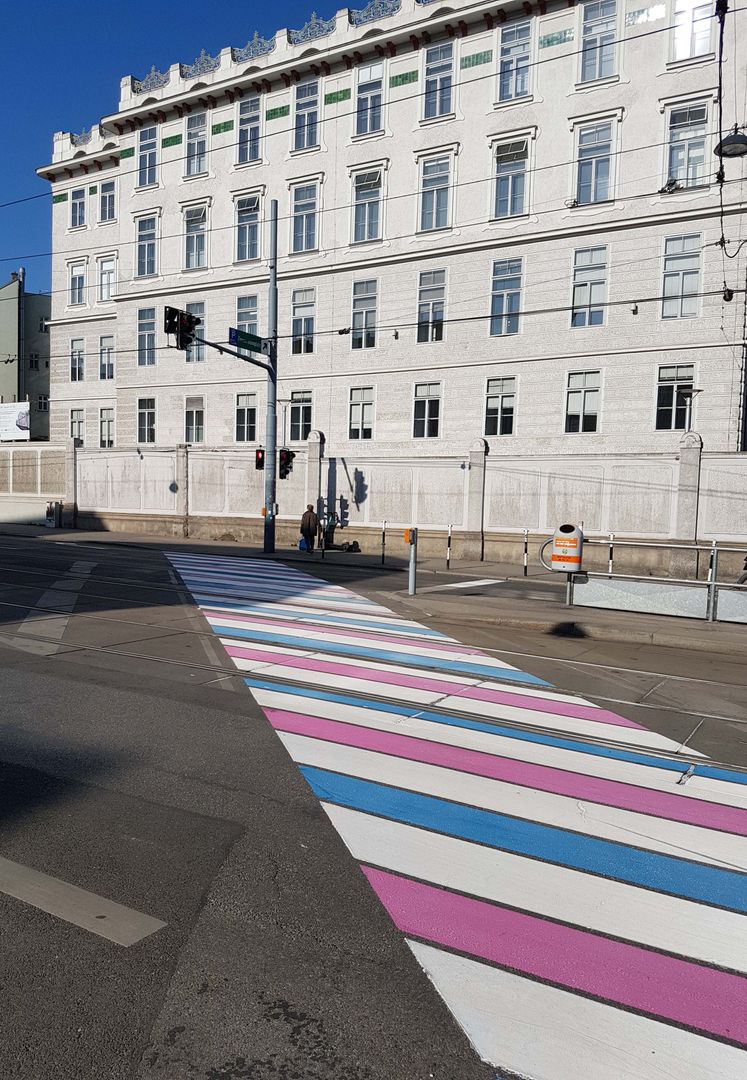
While Vienna’s gender mainstreaming approach helps it to position highly in quality-of-life rankings, political science professor at the University of Vienna, Birgit Sauer, says the rest of Austria hasn’t yet implemented it to the same extent. “We have a gap between Vienna and the country’s more rural areas and smaller cities,” she said.
Sauer says that while there is a tradition of gender equality in Austria, including public housing projects dating back to the 1920s, women in Vienna have more access to support, such as free childcare, which tends to be costly and have limited opening hours elsewhere in the country. “This means that mothers can work if they want to,” she said, but adds that gender pay gaps are still common.
Many travellers will think of Vienna, which is known for its formal balls, as a very traditional society, but the professor says that multiple factors have resulted in the capital being ahead of the gender equality curve in Central and Western Europe. Sauer explains that already in the 1970s, the city was home to many active women’s groups and that Vienna has a history of having Social Democratic governments that invested in creating social equality.
And this does not just stop with gender. According to Sauer, there has also been a lot of activism and political support for the LGBTQ community.
Berni Ledinski, who is the Vienna coordinator for QueerCityPass, a tourist ticket for lesbian, gay and trans visitors highlighting queer-friendly institutions, agrees. Ledinski, who also performs as the drag queen Candy Licious, says that “Vienna as a city is a really safe space for queer people.” He says that it not only offers a good range of queer-friendly cafes, bars, shops and museums, but also has a division within the city administration focused on combating LGBTQ discrimination.
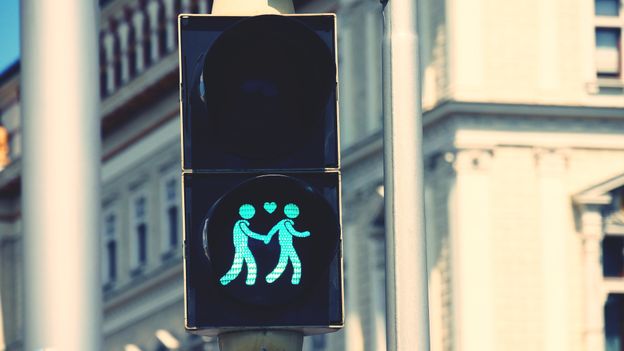
For Ledinski, a central moment for the capital’s queer community was when Thomas Neuwirth won the 2014 Eurovision song contest, performing in drag as Conchita Wurst. “It definitely had a really big impact, and marketing campaigns started to include same-sex couples,” he said.
The event also inspired the City of Vienna to make the queer community more visible in public spaces, for example, by including illustrations of same-sex couples in traffic lights. But while much progress has been made for the queer community, Ledinski says there is a potential to do more. “There is always room for improvement, especially when it comes to the recognition of inter and trans people,” he said.
And it appears that important steps in that direction are taking place. Vienna recently unveiled its first transgender crosswalk, located close to the Vienna General Hospital, which is home to the nation’s only transgender healthcare centre. “Due to Covid-19, there have been a lot of problems with trans healthcare, and we thought it would be a great sign of solidarity,” said Dominique Mras who came up with the idea.
Mras, who is the member of parliament in Vienna’s 9th district responsible for diversity, says it is important to note that the pink, blue and white crossing received support from all political parties, including the conservative one. And while it is the only such crosswalk planned for now, Mras believes that it is an important symbol to help open up the conversation around gender diversity and make trans people more visible in Vienna.
“It’s a first step,” she said.
By Noele Illien www.bbc.com

